Features - working PvRD, stable speed of 550 - / + km / h.
Disadvantages of sowing replicas - you are unlikely to take off on the normal.
Maneuverability is good.
Vitality is average.
Armament - 2 20mm ShVAK guns
The size is small.
The speed is 700-800 km / h at an altitude of 7,000 meters.
Good luck!
History - The development was initiated in an initiative order in 1941 by the designers A.Ya. Bereznyak and A. M. Isaev in the design bureau of plant No. 293 in Khimki (plant director and chief designer KB - VF Bolkhovitinov).
The starting point for the design of the aircraft was the introduction in 1940 of A. Bereznyak with a rocket engine developed at NII-3 by L. S. Dushkin. Despite the fact that the engine had enough traction, it had a rather high fuel and oxidizer consumption. Thus, the flight time of the aircraft could be as little as 1 to 4 minutes. However, in this case the aircraft had unusually large injectivity, speed and climb rate. It is based on these features, it became clear the future appointment of the aircraft - interceptor. In the early 1940s, radars were only being developed, and the detection of potential interceptor targets was carried out mainly visually. In a time sufficient for the preparation and take-off of the screw interceptors, a group of bombers sometimes had time to bomb out. Therefore, the concept of a "fast" missile interceptor operating according to the "lightning take-off - one quick attack - landing on planning" scheme looked attractive not only for Soviet designers - the German Me-163 was built on a similar concept.
After the outbreak of the Great Patriotic War, the work accelerated dramatically: on July 9, the draft project was transferred to the state short-term bonds, in August the State Defense Committee decides to build the aircraft, and on September 1 the aircraft without the engine goes to the LII for the start of flight tests.
During the tests in the glider mode in September-October 1941, the pilot BN Kudrin conducted 15 flights. It was confirmed that all aerodynamic data of the aircraft, the stability and controllability characteristics correspond to the calculated ones.
In October 1941, a decision was made to evacuate the plant No. 293 to the Urals. On November 7, the plant's personnel began the development of production in the village of Bilimbai (Pervouralsk, 60 km west of Sverdlovsk). By December 1941, the aircraft was completed on a new location.
The main forces of the design bureau were thrown at the operational development of the D-1-A-1100 engine, as the group of LS Dushkin at NII-3 at that time was already busy developing an engine for the new RI-3 missile aircraft-302. From KB Bolkhovitinov supervised the work of AE Roslyakov, from NII-3 - A. V. Pallo (he worked in Bilimbae until the end of 1942, after which he was recalled to NII-3). Instead of the sick test pilot BN Kudrin, the Air Force command sent G. Ya. Bakhchivandzhi.
February 20, 1942 during the engine on the stand explosion occurred. As a result, injured AV Pallo and G. Ya. Bakhchivandzhi, the booth and engine were damaged. However, in March the tests were continued.
On April 25, 1942 the plane was transferred to the airfield of the Air Force Research Institute near Koltsovo (80 km from Bilimbaya and Pervouralsk). On April 30, the engine was switched on, on May 2, a run through the airfield, on May 13, a flight of about 50 meters in length at an altitude of about 1 meter.
May 15, 1942 aircraft BI-1 under the control of G. Ya. Bakhchivandzhi first took off using a rocket engine. The flight lasted 3 minutes 9 seconds, for 60 seconds the work of the LPRE was reached a height of 840 meters, with a maximum speed of 400 km / h and a maximum climb rate of 23 m / s.
For us, who stood on the ground, this take-off was unusual. Unaccustomed to quickly picking up speed, the plane after 10 seconds broke away from the ground and 30 seconds later disappeared from the eyes. Only the flame of the engine spoke about where he was. So several minutes passed. I will not hide, my jaws began to shake. Finally, Bakhchivandzhi returned and boarded the airfield.
Landing was hard, one chassis rack was broken, the wheel bounced and rolled on the airfield.
For the pilot this was also not just the first flight on a new plane, but the flight on the apparatus of new unusual qualities that required him to speed up all actions and thinking due to the short duration of flight and the greatly increased acceleration of traffic. The car behaved quite differently than other planes of that time, because of this the pilot did not fully fulfill the given program, but the main thing was that he carried out this flight and returned safely.
- VF Bolkhovitinov
After the flight, it became clear that for the whole test cycle BI-1 was already damaged by nitric acid. It was decided to produce two more experimental BI and lay a small (30-40 machines) military series BI-VS. From experimental aircraft, BI-VS were distinguished by armament: in addition to two guns, a bomb cartridge was installed in front of the pilot's cabin under the fuselage. The cartridge housed ten small bombs in the caliber of 2.5 kg, with a large explosive force. Bombs were calculated to be dropped on bombers that were in formation, and their defeat by splinters and a blast wave.
In 1943, six more flights were made on the second (BI-2) and third (BI-3) aircraft. One of the flights was performed by K.A. Gruzdev, the rest - G. Ya. Bakhchivandzhi. In particular, with the participation of Academician AI Berg and BE Chertok, a radio coordinate determinant
Specifications
General Characteristics
- Created On Windows
- Wingspan 28.8ft (8.8m)
- Length 21.9ft (6.7m)
- Height 10.1ft (3.1m)
- Empty Weight 527lbs (239kg)
- Loaded Weight 3,567lbs (1,618kg)
Performance
- Power/Weight Ratio 5.038
- Wing Loading 12.0lbs/ft2 (58.4kg/m2)
- Wing Area 298.2ft2 (27.7m2)
- Drag Points 7862
Parts
- Number of Parts 293
- Control Surfaces 16
- Performance Cost 882

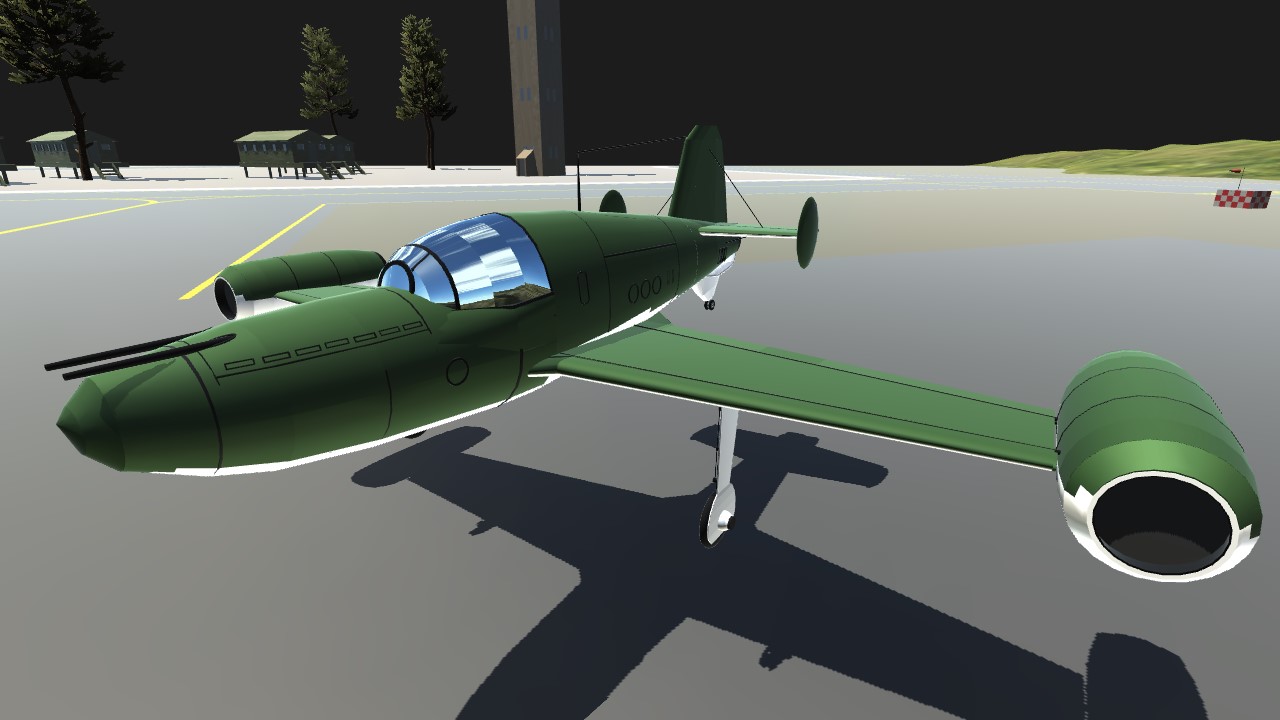
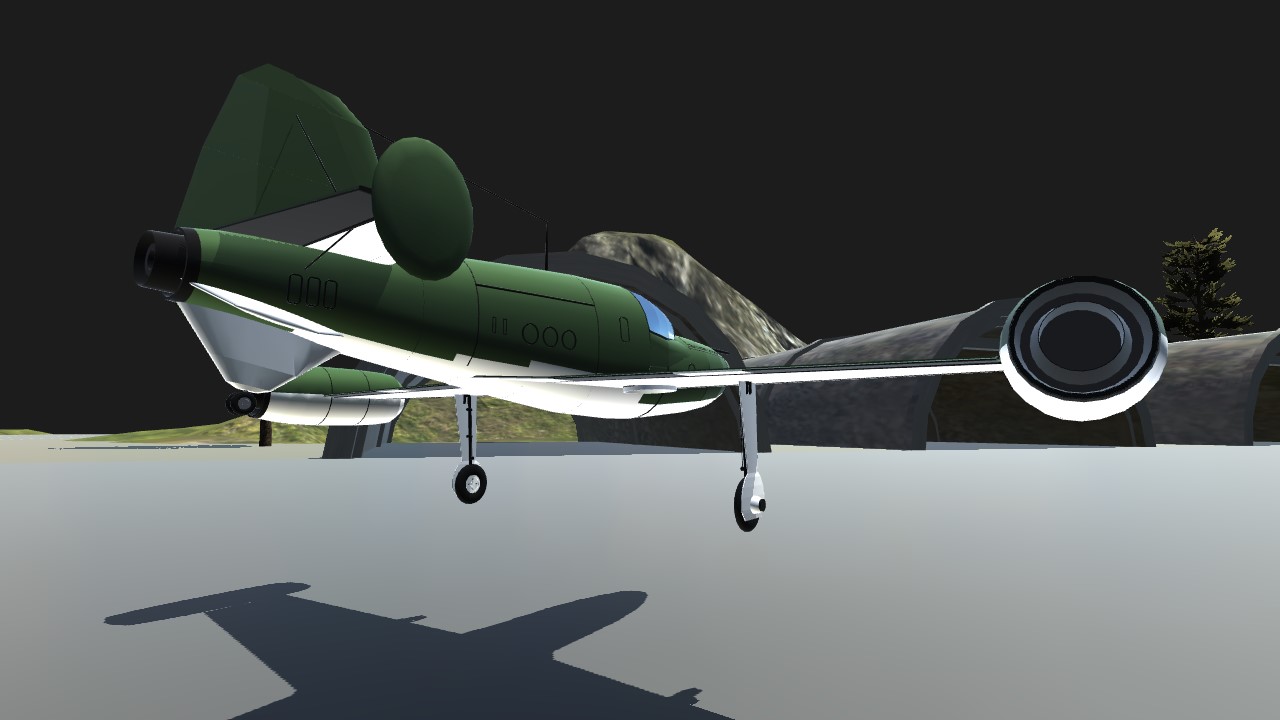

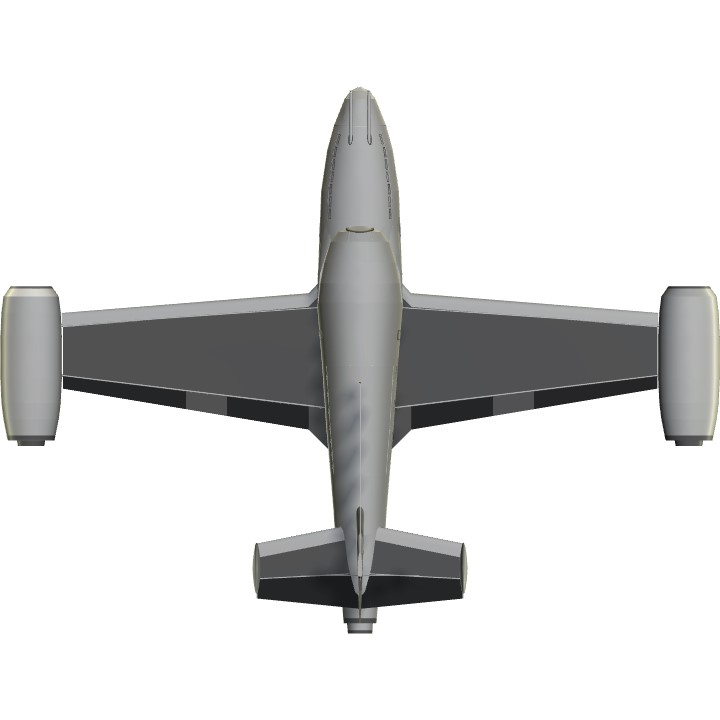
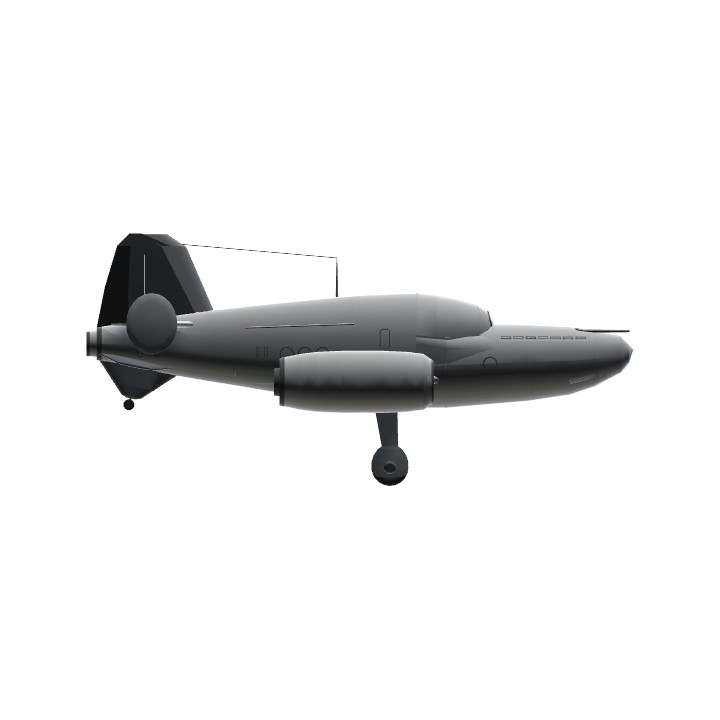
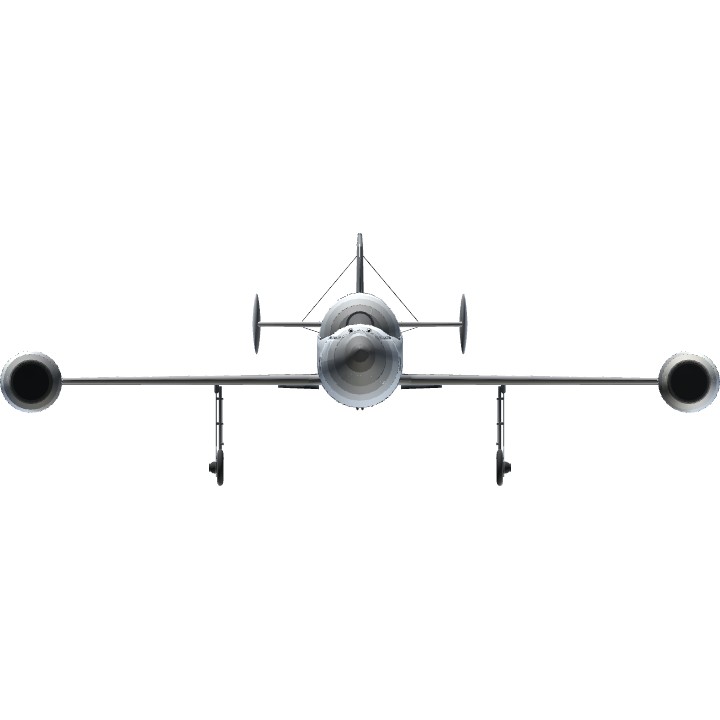
Nice achievement, but this version did not have a rocket engine, but only the two end-wing receivers.
hawt
If only they had figured out how to counter supersonic shockwaves
I didn’t realize the description was so long